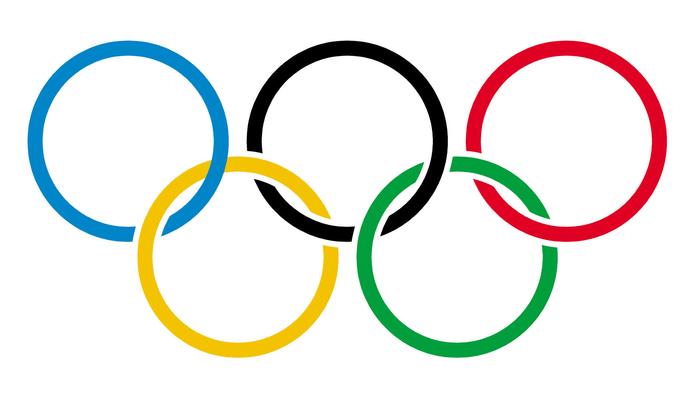On the way to Ancient Olympia
4st Grade – Geography – Unit 1 – Greece is our home (Greek educational system)
|
|
Materials for the classPaper roll width 1mPaper tapeMarkers in 9 different colors2 printed maps of Greece with geographical regionstorches or candlesA cone |
Layout of the classroomFree space to work and move is needed, so desks and chairs are placed close to the walls. |
|
Phase 1The teacher uses paper (width 1 meter) and a paper tape to create a large surface on the floor of the classroom, for example, a surface of 4mx6m. He/she draws on it a large-scale map of Greece indicating the geographical regions without their names.Two school maps, with the names of the geographical regions are also hung on two different walls.Students are divided into 9 pairs as the number of the Greek geographical regions and each pair chooses one region and gets its name. As a result, there is a pair called ‘Macedonia’, another ‘Peloponnese’ and so on. Each pair takes a marker in different color.The rest of the students are the ‘Judges of the Greeks’ who are called ‘Hellanodikai’ . In case there are no more children, the teacher may play this role. |
|
Phase 2The teacher places a cone in the region of Elis where Ancient Olympia is located (on the map on the floor) and announces that all pairs should achieve two missions in order to participate as athletes in the Olympic Games. ‘Hellanodikai-Judges’ will decide whether the pairs have the right to compete.1rst Mission:All pairs should complete the names that are missing of the big map on the floor in the following way:When the Hellanodikai’s bell rings, half of the pairs, for example the pairs named ‘Thrace’, ‘Epirus’, ‘Crete’, ‘Peloponnese’ should run to one wall where the map with geographical regions is hung while the other pairs run to the second map that is hung on another wall. Each pair tries to identify its own geographical region.Τhe Hellanodikai’s bell rings again and the pairs run to the big map and complete the names using the markers.When a pair ends the mission, the Hellanodikai check the work and if there is no mistake, an Olympic torch or a candle is offered as a prize to the pair. |
|
Phase 3The teacher announces the second mission:Each pair of athletes should walk on different regions holding the torch/candle and arrive in Olympia. At the end, the athletes should greet the Hellanodikai and tell the names of different regions they remember that they have crossed.In addition, they are asked to repeat the sentence: “It is not the destination so much as the journey”.The “Hellanodikai ” write the journey and check if it is right.When all pairs finish, they announce the results. The winners are qualified to enter in the Olympic stadium and compete. |
|
Phase 4The pairs change geographical region and the same procedure may be repeated. The students may play many times in order to know the geographical division of Greece. |
|
Phase 5The game would become more challenging if the names of geographical regions were covered. The winners could receive special prizes created by the students such as a wild olive branch (kotinos), offered to winners in Ancient Olympia, made of metal or other materials. |


 SmartOWL
SmartOWL